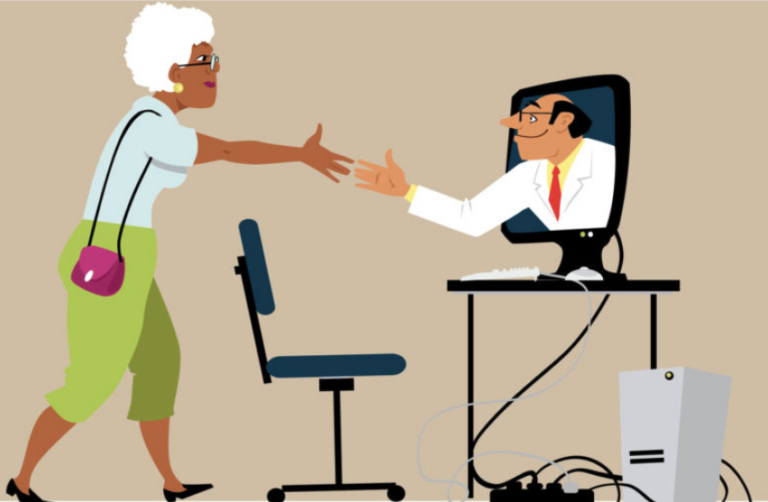Physical Therapy Practice: Creating a Positive Patient Environment
Don’t you wish that every patient that walked through your doors would be motivated, excited and driven to succeed with the plan of care that you set up for them?! That’s a dream. Physical therapy is a profession that requires you to wear a lot of different hats and take on a lot of different roles, all while treating and getting your patients better.
There really are three different types of patients. 1) The eager beaver patient. This person has googled and talked to everyone they know to have the most insight into their condition or rehab. They are super compliant with attending appointments and sometimes over-do it with their home exercise program. 2) The pessimist. This patient has tried it all and nothing has worked in the past, so why will it now?! And 3) the uninformed. This person does not know anything about physical therapy, or their condition, and sometimes they don’t even know why they are there in the first place. Getting each group of these patients excited and willing to take that extra step for therapy might not be the same; and that’s where you come in. As the physical therapist it’s your job to make sure they stay motivated and progress to a desirable outcome.
Check out these articles below that dig into the healing power of a positive attitude:
https://globalhealthaging.org/
So many patients come across my path, and as a health care provider it is instilled in me to help them any way that I can. Some major key points I hit with every single patient are the same.
1. Be upfront and clear with your goals for them. Make sure the patient understands and is in agreement with what you both want to accomplish which they are in physical therapy. If they are not on the same page as you, it’s not going to work. Learn to read body language because they may not always be forthcoming with you, especially if you’ve only known them 30 minutes.
2. Educate them constantly. Don’t over or under estimate how much they know about their condition or why you are performing a certain activity with them. Our goal as physical therapists should be to prevent this person from having to return for the same issue; educate them on prevention, reoccurance, and so on.
3. Don’t keep them one second longer than they need to be there. Whether a patient has mentally checked out or if they are physically a lot better, discharge them immediately. Do not ever let a patient think you are keeping them longer for more profit. Pretty soon insurance will change that all around; which I can’t wait for! But the minute you realize they are “done”, finalize their discharge. And I never keep my patients until 100%. It depends on the patient but they are usually cut free at about 75-80% max potential.
Remember that so many patients have preconceived notions about what physical therapy actually is. So make sure that you are proving to them why our society needs more of us!
{{cta(‘5ff4c278-0ba6-49ca-bac0-9e7521d954f7’)}}





